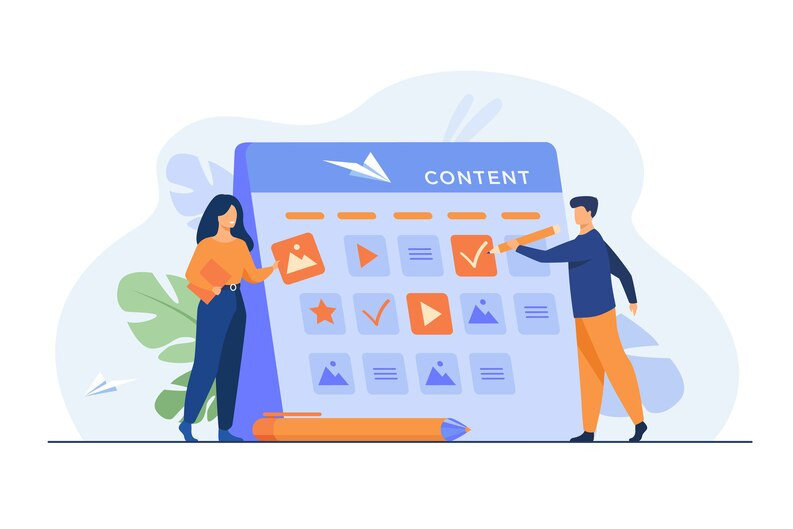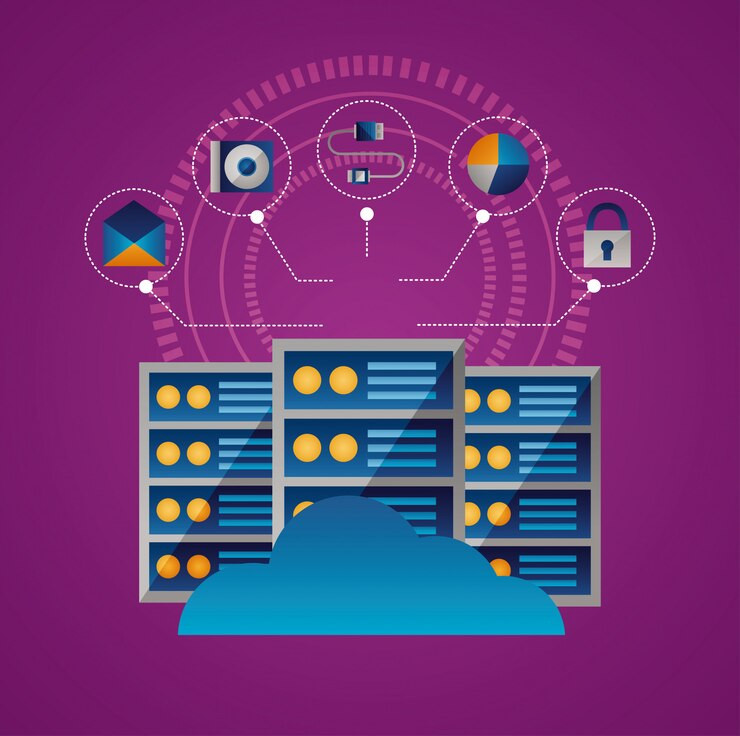1. Define Your Target Audience:
- Determine who your ideal readers are, such as families, young professionals, students, or seniors. Understanding your audience will help tailor your content to their interests.
2. Choose a Catchy Newsletter Name:
- Select a name that reflects the purpose of your newsletter and is easy to remember, like "Weekend Wonders" or "Local Event Explorer."
3. Frequency and Consistency:
- Decide how often you'll send your newsletter. Weekly newsletters are common, but you could choose bi-weekly or monthly based on the volume of events in your area.
4. Content Categories:
- Categorize the events to make it easier for your subscribers to find what interests them. Common categories might include "Family-Friendly," "Arts & Culture," "Outdoor Adventures," "Food & Drink," etc.
5. Content Creation:
- Gather information about local events from various sources, such as event websites, social media, local newspapers, and event organizers. Focus on free or low-cost events to align with your theme.
6. Newsletter Structure:
- Create a consistent newsletter structure that includes the following sections:
- Header: Include the newsletter name, logo, and a brief tagline.
- Upcoming Events: List the most exciting events for the upcoming weekend.
- Featured Event: Highlight one event in detail.
- Category Highlights: Showcase events in different categories.
- Tips and Recommendations: Share tips on attending events or local insights.
- Subscriber Contributions: Encourage readers to submit their event recommendations or photos.
- Footer: Include contact information, social media links, and an unsubscribe option.
7. Engaging Content:
- Write engaging and concise event descriptions. Use compelling language, provide event details (date, time, location), and include eye-catching visuals (photos or event posters).
8. Interactive Features:
- Encourage reader interaction by including polls, quizzes, or contests related to events in your newsletter.
9. Collaborations and Partnerships:
- Partner with local event organizers, businesses, or influencers to co-promote the newsletter, or even offer special discounts or promotions to your subscribers.
10. Promotions and Highlights:
- Occasionally, feature local businesses or sponsors who offer services or products relevant to the events, such as restaurants, transportation services, or event-related merchandise.
11. Personalization and Localization:
- Use subscriber data to personalize content based on their interests or location within your region.
12. Social Media Integration:
- Share your newsletter content on social media platforms to expand your reach and engage with a broader audience.
13. Analytics and Feedback:
- Use analytics tools to track the performance of your newsletter and gather feedback from subscribers to improve content and user experience.
14. Monetization (Optional):
- If your newsletter gains popularity, consider monetizing through ads, sponsored content, or premium subscription options with additional benefits.
15. Maintain a Consistent Schedule:
- Stick to your chosen publication schedule, and ensure your subscribers know when to expect your newsletter.
16. Legal Considerations:
- Familiarize yourself with data protection and email marketing regulations to ensure compliance.
17. Growing Your Subscriber Base:
- Promote your newsletter through various channels, including social media, local forums, and word-of-mouth to attract new subscribers.
Remember that the success of your newsletter will depend on the quality of the content and your ability to engage your audience. Continuously assess the performance and adapt your content strategy based on the evolving interests and feedback of your subscribers.



